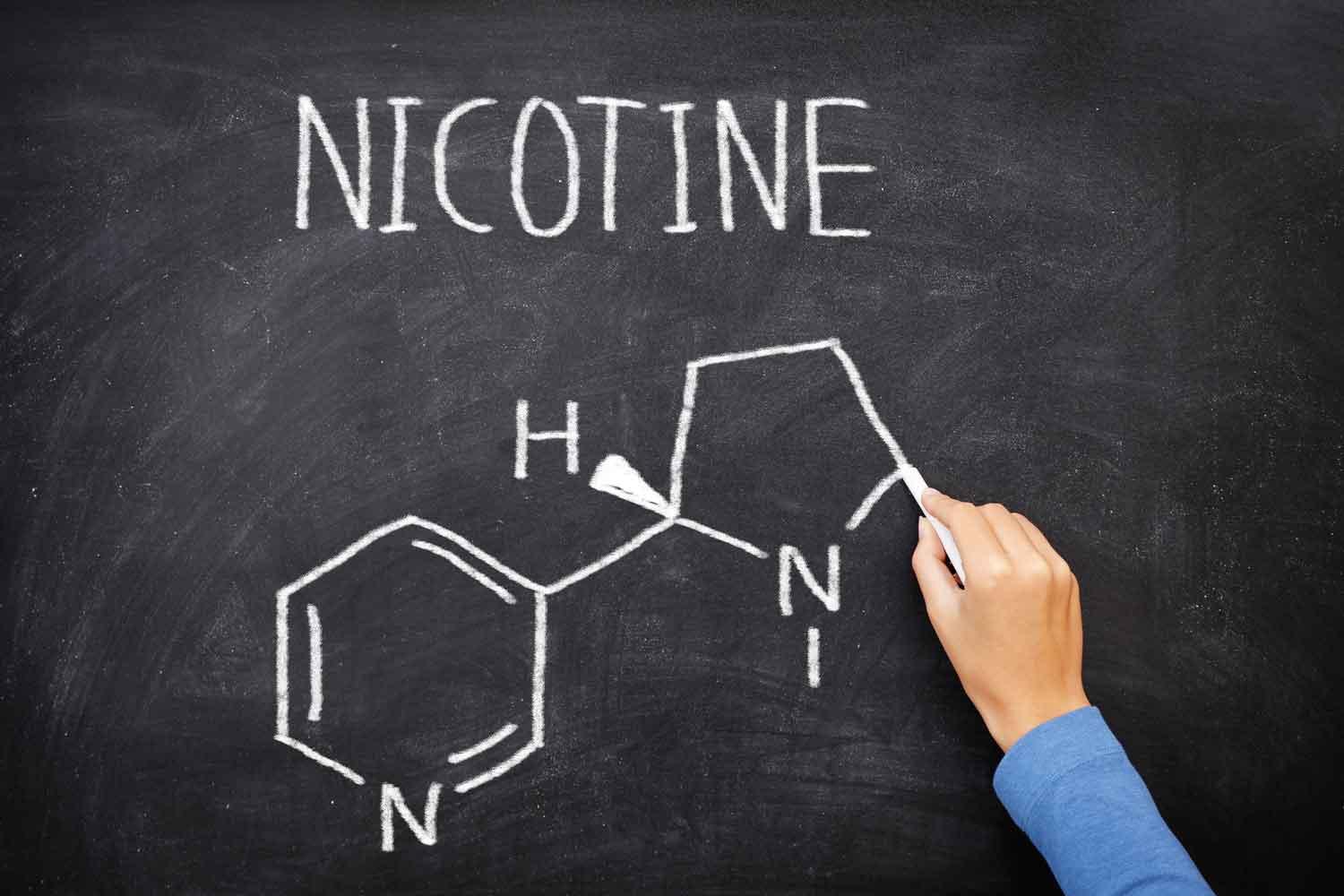During the course of the last ten years, the technology that goes into the production of e-liquids for vaping has progressed through three separate phases of development. These stages are as follows: freebase nicotine, nicotine salts, and finally synthetic nicotine. The many different kinds of nicotine that can be found in e-liquids is a contentious issue, and the manufacturers of e-liquids have been working hard to find a solution that satisfies both their customers’ desires for a better user experience and the requirements of the various regulatory agencies that oversee the industry.
What is Freebase Nicotine?
Direct extraction of nicotine freebase from the tobacco plant results in freebase nicotine. Because of its high PH, the majority of the time there is an alkaline imbalance, which results in a more severe impact to the throat. When it comes to this product, many customers choose more powerful box mod kits, which they combine with e-liquid that has a lower nicotine concentration, often ranging from 0 to 3 milligrams per milliliter. Many users like the throat impact that is produced by these sorts of gadgets since it is less intense but still detectable.
What is Nicotine Salts?
The production of nicotine salt involves making certain minor adjustments to freebase nicotine. Using this process results in a product that is more stable and does not quickly volatilize, which results in a vaping experience that is more delicate and smooth. The moderate strength of nicotine salts is one of the primary reasons why they have become such a popular option for e-liquid. This allows consumers to take a respectable amount of puffs without suffering any discomfort in the throat. On the other hand, the concentration of freebase nicotine is sufficient for nicotine salts. That is to say, it is not a more preferable choice for users who are attempting to cut down on their use of nicotine.
What is Synthetic Nicotine?
In the most recent two to three years, the use of synthetic nicotine, which is produced in a laboratory rather than being obtained from tobacco, has seen a rise in popularity. This item goes through a cutting-edge synthesis process, and then it is purified using cutting-edge technology in order to get rid of all seven hazardous contaminants that are contained in nicotine that has been extracted from tobacco. In addition to this, when it is put to e-liquid, it does not quickly oxidize and does not become volatile. The most important benefit of using synthetic nicotine is that in compared to freebase nicotine and nicotine salts, it has a throat hit that is softer and less intense while also providing a more pleasing taste of nicotine. Up until very recently, synthetic nicotine was considered to be a chemically created synthetic and did not fall within the purview of tobacco legislation because of this perception. As a direct result of this, many companies that manufactured electronic cigarettes and e-liquids had to move from using nicotine derived from tobacco to using synthetic nicotine in order to avoid being regulated by the Food and Drug Administration in the United States (FDA). However, as of March 11, 2022, items containing synthetic nicotine have been subject to the supervision of the FDA. This implies that many various kinds of synthetic e-juice might be prohibited from being sold in the market for vaping.
In the past, producers would use synthetic nicotine in order to take advantage of a regulatory loophole, and they would aggressively promote fruity and mint-flavored electronic cigarette goods at teenagers in the hopes of luring them into trying out vaping. Thankfully, that loophole will soon be closed.
Research and development for e-liquids are still mostly focused on freebase nicotine, nicotine salt, and synthetic nicotine products. The regulation of synthetic nicotine is becoming more stringent, but it is unknown whether or not the market for e-liquid will see the introduction of new forms of nicotine in the near or distant future.
Post time: Sep-27-2023







